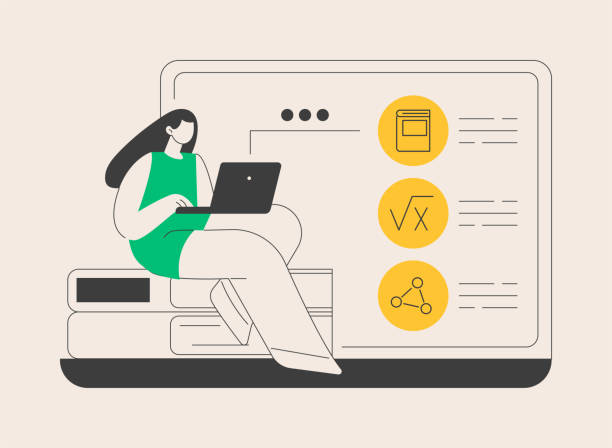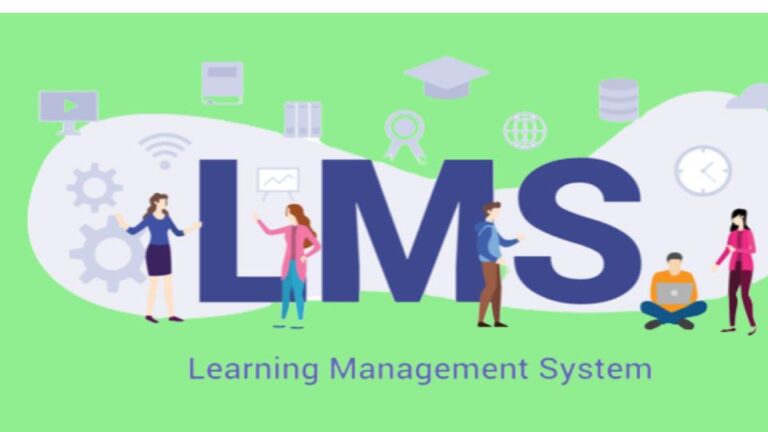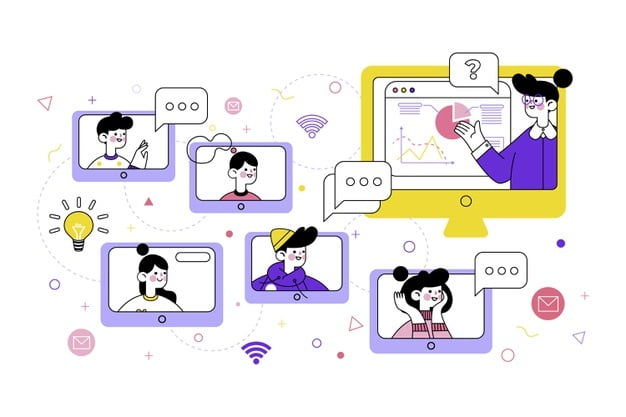Ways to Begin Your Career as an Instructional Designer | 5 Skills in Demand

The chances for both professional and personal development are endless for instructional designers. There are ways to begin your career as an instructional designer. The field has only recently started to investigate how to make learning enjoyable for learners, from elementary school children to those who are most likely to succeed (students who have struggled in previous grades).
If you’re prepared to start your new profession as an instructional designer, here are five beginning point suggestions that will make the shift less difficult than you would have thought. Discover what an instructional design profession comprises, some of the top abilities needed for an instructional designer, and how to start in your new position right away by reading on.
An instructional designer is what?
An instructional designer is a person who develops learning experiences for other people, to put it simply. Instructional designers don’t primarily work in one creative function, unlike those who produce web material. They are in charge of developing tests, learning materials, and graphics. They may even be in charge of determining whether a course is effective.
Any educational resources intended to instruct potential students must be developed, delivered, and evaluated by instructional designers. These resources could be a brand-new course, a tool to boost student performance, or a manual to help learners retain information better. It is the job of instructional designers to guide teachers with new technology. Instructional designers are crucial in assisting teachers in adjusting to these new surroundings as schools and educational institutions move toward a greater predominance of technology and online learning.
Read more: The Instructional Design Model: A Practical Guide To Better Instructional Design
What Qualifications Do Instructional Designers Require?
There are a few abilities that are mentioned in almost all job descriptions for instructional designers. These include originality, curiosity, communication abilities, and attention to detail. Beyond those, though, the industry is generally available to anyone who has the aptitude to pick up new abilities and incorporate them into their workflow.
In other words, it’s not unusual for the demand for someone with a certain set of talents to grow to include knowledge in a different field. For instance, if you want to start a career as an instructional designer, you might want to concentrate on developing the top five abilities that are absolutely necessary. These include ingenuity, aptitude for research, communication, attention to detail, and knowledge of how to incorporate technology.
Discover coding
Coding is used by everyone now and is not just for programmers. One way to start a career as an instructional designer is through this. You should be looking for opportunities to improve your coding abilities as part of your job search. Nowadays, almost all jobs have some level of coding experience requirements. This covers not only more conventional occupations like teacher and banker but also customer service agents and insurance salespeople.
Speak with businesses in industries including IT, engineering, and healthcare to learn about possibilities where you can enhance your coding abilities. Employers who need people with the ability to work with technology on a daily basis can be found in these industries. You should also look into educational materials that assist you in keeping up with the most recent coding techniques if you want to stay current on the most recent coding trends.
Keep Up with Educational Technology Trends
The subject of instructional design is one that is continually growing, therefore it’s important to stay current with new tools. One of the most crucial elements of an instructional design job is technology, so you’ll need to keep up with the most recent developments in this area. You can achieve this by subscribing to online channels that are dedicated to education technology.
ED-tech.com, which is home to a sizable community of instructors and instructional designers, is arguably the most well-known channel. You can also follow educational technology Slack channels and professional LinkedIn groups on LinkedIn if you’re seeking for more community channels. You can uncover materials that concentrate on particular facets of technology once you identify the channels that appeal to you. You could choose to subscribe to channels that are particularly interested in gasification, narrative, or analytics, for instance.
Learn sales and marketing techniques
Sales and marketing expertise are essential for a career in instructional design. In many ways, sales and marketing are more crucial to a career in instructional design than creativity and analysis. This is thus because, while creativity and research are essential to the production of educational materials, none of them are particularly scalable. In other words, they cannot be scaled to accommodate the needs of big student populations. However, marketing and sales are tools that may be applied across numerous industries.
They can therefore be used in any sector that wants to market its goods or services. You can search for possibilities in sectors like business development, sales, and marketing as you start to develop your marketing and sales talents. By seeking for possibilities to assist firms in acquiring new clients or in selling goods that aren’t currently on the market, you can develop your marketing and sales abilities in these positions.
Keep Your Intellectual Property Safe
This is one of the ways to begin your career as an instructional designer. Even though the discipline of instructional design is young, entry will not be simple. You should start compiling a portfolio of your work, both in terms of completed projects and a selection of your greatest concepts, in order to safeguard your intellectual property. You might start by making a website that exhibits your work in order to develop a portfolio.
On your website, you should also have sections explaining how you choose the projects you work on and how you decide which items to include in your portfolio. By adhering to the copyrighting best practices, you may further safeguard your portfolio. That is, all of your materials need to have the appropriate copyright notices. You can also think about engaging a lawyer to assist you in navigating the legal aspects of safeguarding your work in order to further secure your intellectual property.
Last Words
It’s time to begin your new job as an instructional designer now that you have a solid understanding of what the profession of instructional design comprises, what it looks like, and what abilities are needed. There are numerous methods to start a career in instructional design. Maybe you want to discover a method to fit in and learn more about the educational technology industry. There are some of the ways to begin your career as an instructional designer can take off.







